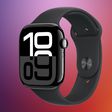
The Sydney Morning Herald reports that an Australian judge has agreed to fast-track Samsung's appeal of an injunction barring the company from selling its Galaxy Tab 10.1 in that country. Samsung had previously said that it would likely cancel the device's launch entirely in Australia if Apple was awarded an injunction, but the company is still pushing forward in an attempt to win the right to sell.
In court today Samsung sought and has been granted an expedited hearing by the Federal Court in Sydney, hoping to overturn the ban before the busy pre-Christmas shopping season.
"I'm quite firm of the view that the matter should proceed on the basis that the lead application be referred to a full court, that it be listed at the same time as any prospective appeal and that the matter be expedited," Justice Lindsay Foster said.
Meanwhile, Apple has also begun going after Internet resellers who have continued to sell the Galaxy Tab 10.1 to Australian customers despite the ban. Two sites, MobiCity.com.au and dMavo.com.au, have acknowledged receiving letters from Apple, but dMavo at least has reported that it will not be responding to Apple's demands. The report notes that while injunctions against individual sellers should be rather straightforward for Apple to obtain given the standing order against Samsung, a number of the resellers are headquartered in Hong Kong and it may take some time to determine whether Australian authorities have jurisdiction over their actions.



 Photo by
Photo by 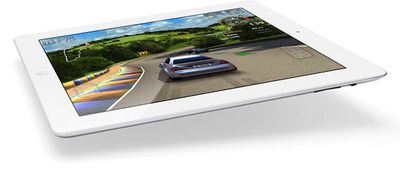
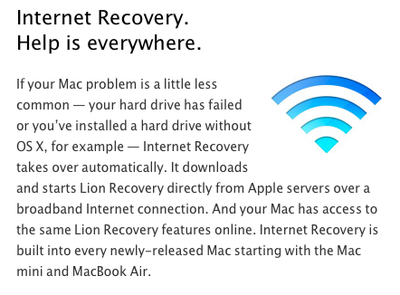
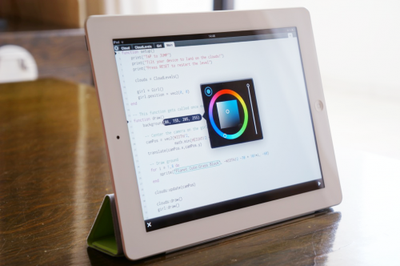

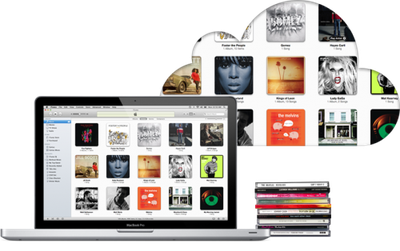
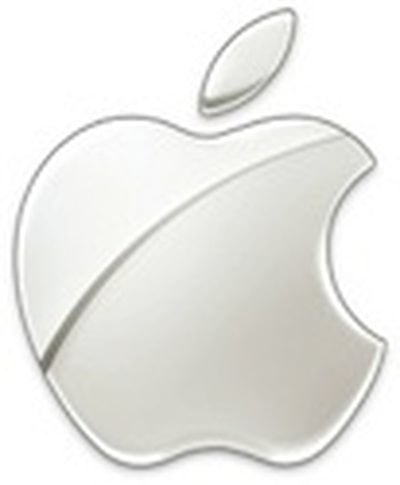 Apple today filed its
Apple today filed its 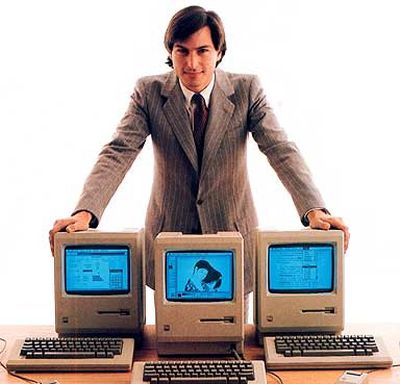
 Personal finance site
Personal finance site 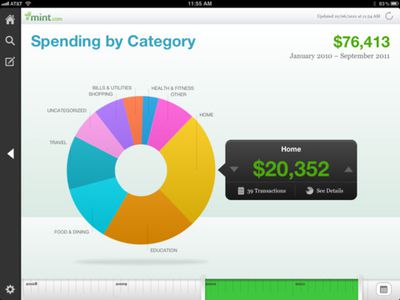
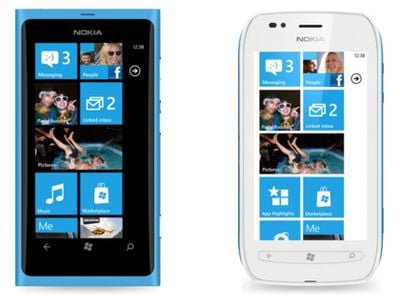

 Last week, it was revealed that Catcher Technology, Apple's primary unibody aluminum case supplier for the MacBook Pro and MacBook Air, had halted some production at its Chinese plant over pollution concerns. One report had indicated that Catcher was investing $2-3 million in addressing the issues, aiming to resume production
Last week, it was revealed that Catcher Technology, Apple's primary unibody aluminum case supplier for the MacBook Pro and MacBook Air, had halted some production at its Chinese plant over pollution concerns. One report had indicated that Catcher was investing $2-3 million in addressing the issues, aiming to resume production 








